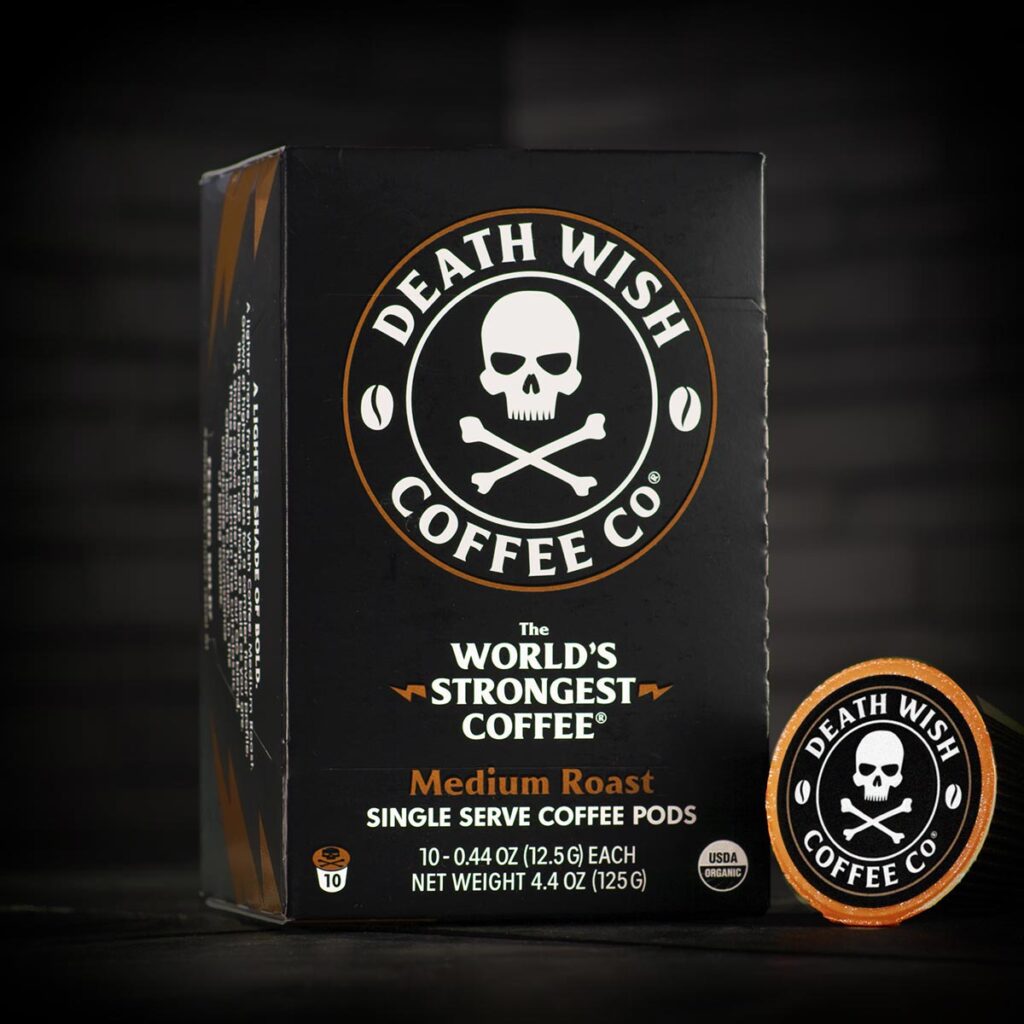
A Unique Selling Proposition, or USP, is essentially a point of difference that shows potential customers exactly why your business, product or service is the best fit for them. More than just a catchy slogan, although those are good too, a good USP identifies the needs of your consumer and highlights the benefits of your product or service in a way that is meaningful to them.
A good USP gets to the heart of your business, letting potential customers know exactly who you are, what you do and, most importantly, why they should choose you.
Writing a good USP
The key to a good USP is research. Knowing who your audience is, what their needs are and how you can fulfil those needs will put you ahead of your competitors.
Similarly, researching your competitors, knowing who they are and how their offerings differ from yours will help you to recognise your competitive advantage.
Here are some steps you can take to craft the perfect USP:
Build an ideal customer profile. Be specific.
- Who are they?
- What do they do?
- What is their demographic?
- What problems do they have?
- How does your product/service meet their needs?
Asking for feedback from existing customers will help you find out what drew them to your business in the first place, as well as what keeps them returning.
Identify your competitive advantage.
- Who are your competitors?
- How does their offering differ from yours? How is it the same?
- Who are their customers? Is there any crossover?
- How well are they meeting their customer’s needs? Could you meet them better?
Reading a competitor’s reviews is a great way to find out how they’re performing and how happy their customers are. It can also provide a road map of pitfalls to avoid. Nearly 55% of people read at least four reviews (Oberlo 2021) before investing in a new product or service, so keeping an eye on reviews will not only offer keen insight into consumer’s buying habits but will give you an idea of what customers love about your competitors and what they won’t put up with.
Look at your product benefits from the client’s perspective
- What sets you apart from your competition?
- What benefits the customer from choosing you over a competitor?
- What is the customer journey?
- What is the story being sold to the client?
- What are the long term benefits?
It’s important to remember that you’re not only selling your product or business but the story post-purchase and how happy the client will be after buying from you.
Track trends that could impact the market and your business
- What trends are relevant to your product or service?
- Can your USP be expanded to include any sudden market changes?
- How can you tailor your business to meet demand if trends change?
Trends are constantly evolving, as are your customer needs. For example, the COVID-19 pandemic saw the demand for streaming services and digital fitness offerings rocket due to people being confined to their homes. It’s crucial to remain agile in a changeable market.
Still feeling unsure? Here are some examples of brands with great USPs
Canva: Empowering the world to design

Canva is a free online graphic design tool, used to create visual content such as social media graphics, posters, presentations.
Canva’s simplicity is its USP. Unlike its competitors, such as Adobe Photoshop, Canva is easy to use and requires no experience. With its user-friendly features, including a drag and drop function, inexperienced users can create professional-looking content in minutes.
The platform is free but offers paid subscriptions: Canva Pro and Canva Enterprise with additional functionality.
Hello Fresh: America’s most popular meal kit, saving you time, stress and money

America’s most popular meal kit, with a reported 2.61 million US customers, HelloFresh understands that its customers are time-poor and offers a variety of quick, easy-to-follow and tasty meal kits to take the stress out of cooking, saving its customers’ time, money and energy in the process.
Its popularity is due to its USP and an ironclad social media strategy, with sponsored partnerships with celebrities and content creators, such as Queer Eye’s Antoni Porowski, elevating the brand’s visibility.
Additionally, the brand has made it its mission to provide a more environmentally friendly service than traditional food retailers and proudly claims that its produce sourcing, packaging and shipping operations generate less food waste – 25% less according to a comparative life cycle impact study carried out by the University of Michigan – than store-bought groceries.
With 7.3 million customers globally, HelloFresh is the perfect example of how a clear USP can drive your business.
Death Wish Coffee Co – The world’s strongest coffee

‘Ruining other coffee since 2012’, Death Wish Coffee takes a completely different approach to its competitors. While other coffee brands compete over who has the smoothest blend, Death Wish offers the strongest.
Aimed at coffee lovers and those who can’t begin the day without a cup of coffee, Death Wish offers a blend of arabica and robusta beans for ‘bold, never bitter perfection’ resulting in coffee with more than double the strength of the average cup.
Claiming to be the world’s best anything is a risky move, however, by showing how their coffee is made and offering a full refund to customers who are not satisfied with the strength of their coffee, Death Wish is backing its promise to deliver the world’s strongest coffee.
Need help defining your USP? Want to use social media to drive growth for your small business? Charlie Puffin Digital can help. Reach out today for a free discovery call.
